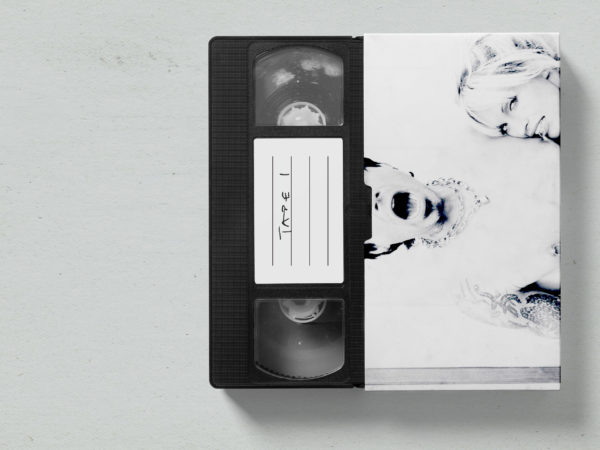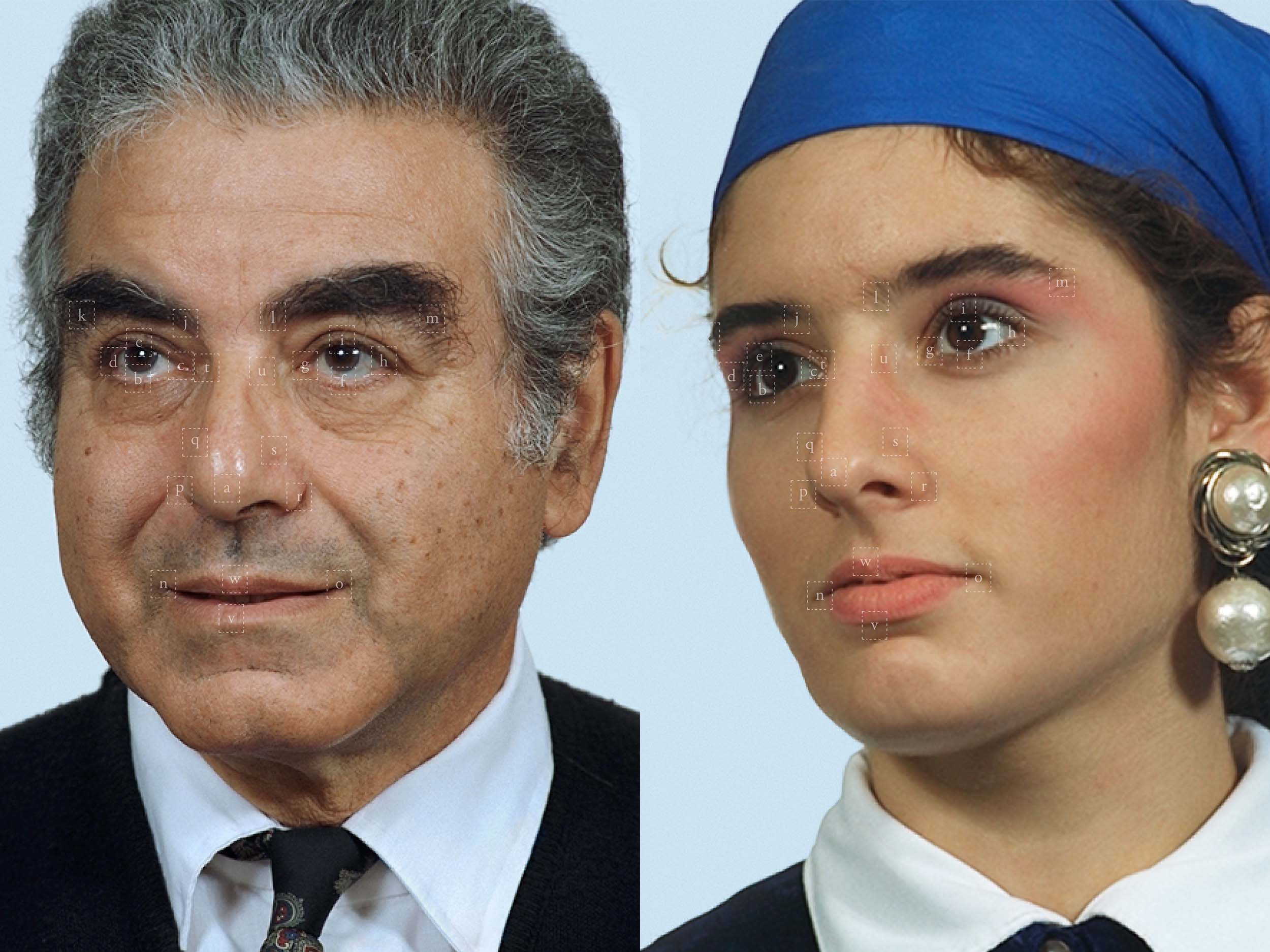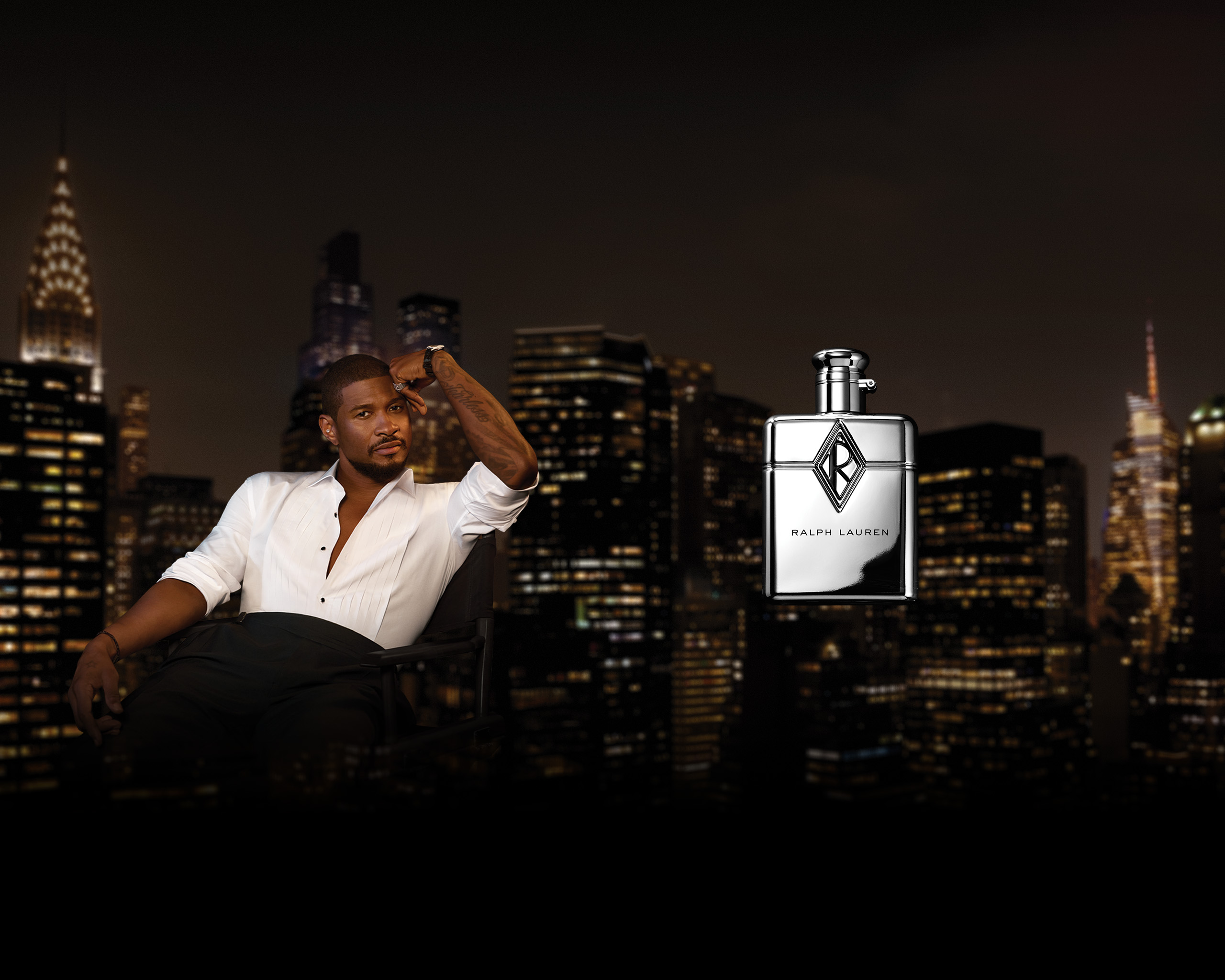Amidst the damp buzz of London Fashion Week Men, the design duo Cottweiler, co-designed by Matthew Dainty and Ben Cottrell, sits down with Document’s Alice Lefons about information overload, their desire to bring a new level of craftsmanship to sportswear, and the intimacy of their runway shows.
Alice Lefons—How does it feel the day after the show, after you’ve tied up the collection?
Matthew Dainty—After the show I tend to not look at anything until the next day. There are so many emotions when you do a show, and because we’re backstage, we don’t see anything that happens out there. We just hear people’s feedback. We have a very close team and everyone’s very honest with us. So when everyone’s like “We love it, but you need to do this and this differently,” we take all the feedback in and then we sit back and watch the video and discuss [the show] privately between us.
Above The Fold

Sam Contis Studies Male Seclusion

Slava Mogutin: “I Transgress, Therefore I Am”

The Present Past: Backstage New York Fashion Week Men’s Spring/Summer 2018

Pierre Bergé Has Died At 86

Falls the Shadow: Maria Grazia Chiuri Designs for Works & Process

An Olfactory Memory Inspires Jason Wu’s First Fragrance

Brave New Wonders: A Preview of the Inaugural Edition of “Close”

Georgia Hilmer’s Fashion Month, Part One

Modelogue: Georgia Hilmer’s Fashion Month, Part Two

Surf League by Thom Browne

Nick Hornby: Grand Narratives and Little Anecdotes

The New Helmut

Designer Turned Artist Jean-Charles de Castelbajac is the Pope of Pop

Splendid Reverie: Backstage Paris Haute Couture Fall/Winter 2017

Tom Burr Cultivates Space at Marcel Breuer’s Pirelli Tire Building

Ludovic de Saint Sernin Debuts Eponymous Collection in Paris

Peaceful Sedition: Backstage Paris Fashion Week Men’s Spring/Summer 2018
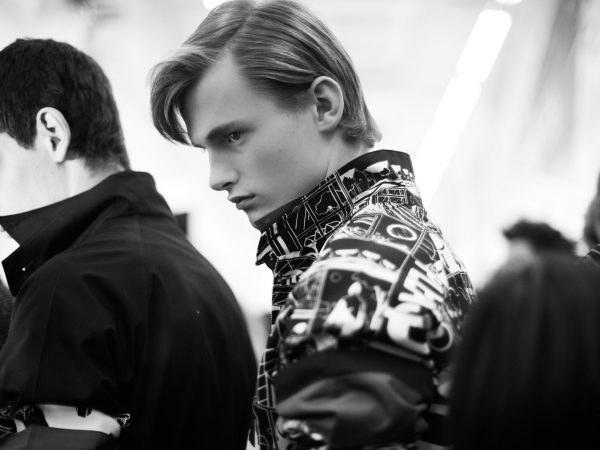
Ephemeral Relief: Backstage Milan Fashion Week Men’s Spring/Summer 2018

Olivier Saillard Challenges the Concept of a Museum

“Not Yours”: A New Film by Document and Diane Russo

Introducing: Kozaburo, 2017 LVMH Prize Finalist

Introducing: Marine Serre, 2017 LVMH Prize Finalist

Conscious Skin

Escapism Revived: Backstage London Fashion Week Men’s Spring/Summer 2018

Introducing: Cecilie Bahnsen, 2017 LVMH Prize Finalist

Introducing: Ambush, 2017 LVMH Prize Finalist

New Artifacts

Introducing: Nabil Nayal, 2017 LVMH Prize Finalist

Bringing the House Down

Introducing: Molly Goddard, 2017 LVMH Prize Finalist

Introducing: Atlein, 2017 LVMH Prize Finalist

Introducing: Jahnkoy, 2017 LVMH Prize Finalist

LVMH’s Final Eight

Escaping Reality: A Tour Through the 57th Venice Biennale with Patrik Ervell

Adorned and Subverted: Backstage MB Fashion Week Tbilisi Autumn/Winter 2017

The Geometry of Sound

Klaus Biesenbach Uncovers Papo Colo’s Artistic Legacy in Puerto Rico’s Rainforest

Westward Bound: Backstage Dior Resort 2018

Artist Francesco Vezzoli Uncovers the Radical Images of Lisetta Carmi with MoMA’s Roxana Marcoci

A Weekend in Berlin

Centered Rhyme by Elaine Lustig Cohen and Hermès

How to Proceed: “fashion after Fashion”

Robin Broadbent’s Inanimate Portraits

“Speak Easy”

Revelations of Truth

Re-Realizing the American Dream

Tomihiro Kono’s Hair Sculpting Process

The Art of Craft in the 21st Century

Strength and Rebellion: Backstage Seoul Fashion Week Autumn/Winter 2017

Decorative Growth

The Faces of London

Document Turns Five
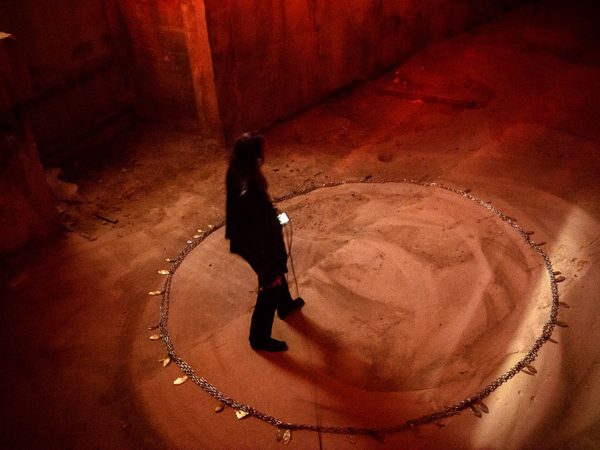
Synthesized Chaos: “Scholomance” by Nico Vascellari

A Whole New World for Janette Beckman

New Ceremony: Backstage Paris Fashion Week Autumn/Winter 2017
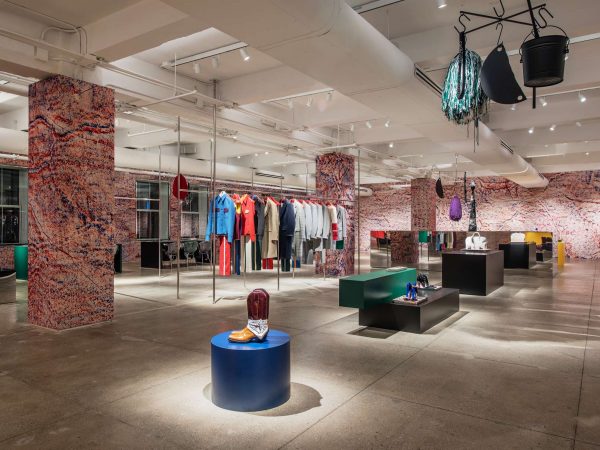
New Perspectives on an American Classic

Realized Attraction: Backstage Milan Fashion Week Autumn/Winter 2017

Dematerialization: “Escape Attempts” at Shulamit Nazarian

“XOXO” by Jesse Mockrin

Brilliant Light: Backstage London Fashion Week Autumn/Winter 2017

The Form Challenged: Backstage New York Fashion Week Autumn/Winter 2017

Art for Tomorrow: Istanbul’74 Crafts Postcards for Project Lift

Inspiration & Progress

Paskal’s Theory of Design

On the Road

In Taiwan, American Designer Daniel DuGoff Finds Revelation

The Kit To Fixing Fashion

The Game Has Changed: Backstage New York Fashion Week Men’s Autumn/Winter 2017

Class is in Session: Andres Serrano at The School

Forma Originale: Burberry Previews February 2017

“Theoria”

Wearing Wanderlust: Waris Ahluwalia x The Kooples

Approaching Splendor: Backstage Paris Haute Couture Spring/Summer 2017

In Florence, History Returns Onstage

An Island Aesthetic: Loewe Travels to Ibiza

Wilfried Lantoine Takes His Collection to the Dancefloor

A Return To Form: Backstage New York Fashion Week Spring/Summer 2018

20 Years of Jeremy Scott

Offline in Cuba

Distortion of the Everyday at Faustine Steinmetz

Archetypes Redefined: Backstage London Fashion Week Spring/Summer 2018

Spring/Summer 2018 Through the Lens of Designer Erdem Moralıoğlu

A Week of Icons: Backstage Milan Fashion Week Spring/Summer 2018

Toasting the New Edition of Document

Embodying Rick Owens

Prada Channels the Wonder Women Illustrators of the 1940s
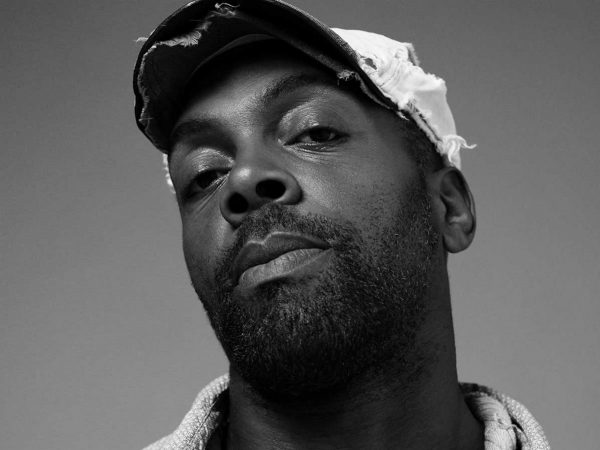
Andre Walker’s Collection 30 Years in the Making

Fallen From Grace, An Exclusive Look at Item Idem’s “NUII”

Breaking the System: Backstage Paris Fashion Week Men’s Autumn/Winter 2017

A Modern Manufactory at Mykita Studio

A Wanted Gleam: Backstage Milan Fashion Week Men’s Autumn/Winter 2017

Fashion’s Next, Cottweiler and Gabriela Hearst Take International Woolmark Prize

Beauty in Disorder: Backstage London Fashion Week Men’s Autumn/Winter 2017

“Dior by Mats Gustafson”

Prada’s Power

George Michael’s Epochal Supermodel Lip Sync

The Search for the Spirit of Miss General Idea

A Trace of the Real

Wear and Sniff

Underwater, Doug Aitken Returns to the Real
Alice—A lot of brands have made their fortune over logo and branding, and you don’t do that—is that a conscious decision?
Matthew—It absolutely is. We wanted to build something that had longevity and a long term plan. It was born out of our friendship and we didn’t want it to be a fad or a logo. We felt [branding] was oversaturated; and it’s just not our personal style either. We’ve been friends for a long time, and we used to buy sportswear and color in the logo with black marker, and then take in the leg to customize it.
Ben Cottrell—We started slowly building the brand while working immediately following school. We’d finish our jobs and work in the studio until midnight and then we’d work throughout the weekend. It pushed us to realize that if we really worked hard at this now, we can at some point leave our jobs. But it took eight years for that to happen. (Laughing.)
Matthew—Well we weren’t in any rush. We were very conscious about not overexposing ourselves on social media. For us it wasn’t about bombarding people with information, it was about planting a seed into people’s imaginations and building something that was recognizable over a long period of time. As things have grown and we’ve matured and as we’ve travelled around the world we’ve found a slightly different message and aesthetic. It’s funny, we do things now and, even in this collection, we’ll be like, “Wow, that’s something we made in the studio eight years ago.” (Laughing.) So we haven’t veered too far off from the original garment, but the fabrication and technology has developed quite massively.
“We see ourselves as a fashion house, as the future of what British fashion can be.”
Alice—There was this backpack that you made out of plexiglass, with a rock inside, and when the guys were passed by you and you tried to take pictures, the light was reflecting on them, almost like they were minerals.
Matthew—The most important thing is for people to walk into a show, feel an experience, and for it to envelope them. For them to really get into it, it should be a sensory experience. It shouldn’t just be 20 boys walking up and down a white runway. We don’t want people to come in, watch it, then leave.
Ben—We don’t want people to feel like they’ve just been to another venue, another show.
Alice—You can always just look online afterwards to see the clothes, but I will only remember a show because of the experience.
Matthew—It was definitely the most intimate show we’ve done. We put so much time and effort into creating a collection that had a lot of interesting fabrics with a lot of detail. We wanted people to be up close and to create this almost intimidating environment. We like to play around with people’s emotions and to also convey what we’re feeling. The intimacy was something we’d never, to that extent, done before.
Alice—Was the Mulberry collection customised by you in the studio?
Matthew—Yes, we had another workshop with a whole team of people who worked on the Mulberry pieces. It was a huge project and collection for us with a lot more details and a lot more accessories.
Ben—We wanted to push it and we wanted to expand the collection a lot more. We always spoke about being a lifestyle brand, but it got pushed into the direction of being a sportswear brand. This season we wanted to push the leather and knitwear. We’ve been partnering with the Woolmark company and we’ve been researching Merino wool a lot over the past six months. Really working with natural fabrics and trying to change the perception of being a sportswear brand,—while also working with more classic cuts and silhouettes.
Matthew—We really wanted to push it on the fabrication side of things and do something unexpected. Obviously the collection still consists of our core range, but it’s just been layered with more silhouettes. And we’ve tailored the tracksuits even more because we’re constantly refining them every season.
Ben—And we’ve never worked with leather, it’s the first season doing leather.
Alice—Where did the Mulberry collaboration originate from?
Matthew—Mulberry was about telling the story, and reminding people about the craftsmanship within luxury—what it means to be a British brand. We wanted to partner with a traditional British brand that had that DNA of luxury craftsmanship and to present ourselves as the new generation of that. That’s how we see ourselves as a brand. We see ourselves as a fashion house, as the future of what British fashion can be.
Ben—It’s not expected in sportswear. Sportswear has just always been something to do sport in and not something to look at and to touch. It’s been important for us to combine the two.
Matthew—When you wear it you discover that these sport inspired pieces are made from a tailoring angle. Everything is fully lined; you have facings and hidden, concealed pockets within those linings. You have a shaped sleeve that you would get in a suit. Those are things you discover as a customer when you put it on and wear it for a while. That’s when you can start to understand what that cut is. With Mulberry, it was about challenging the idea of “new” in a glossy way. Distressing something and finding a balance in something that looked slightly fucked up, but was still really new, well thought out, and luxury. In the same way that the knitwear was made and was customized, Mulberry was about taking a classic style and refabricating it and changing people’s ideas of what that is.












